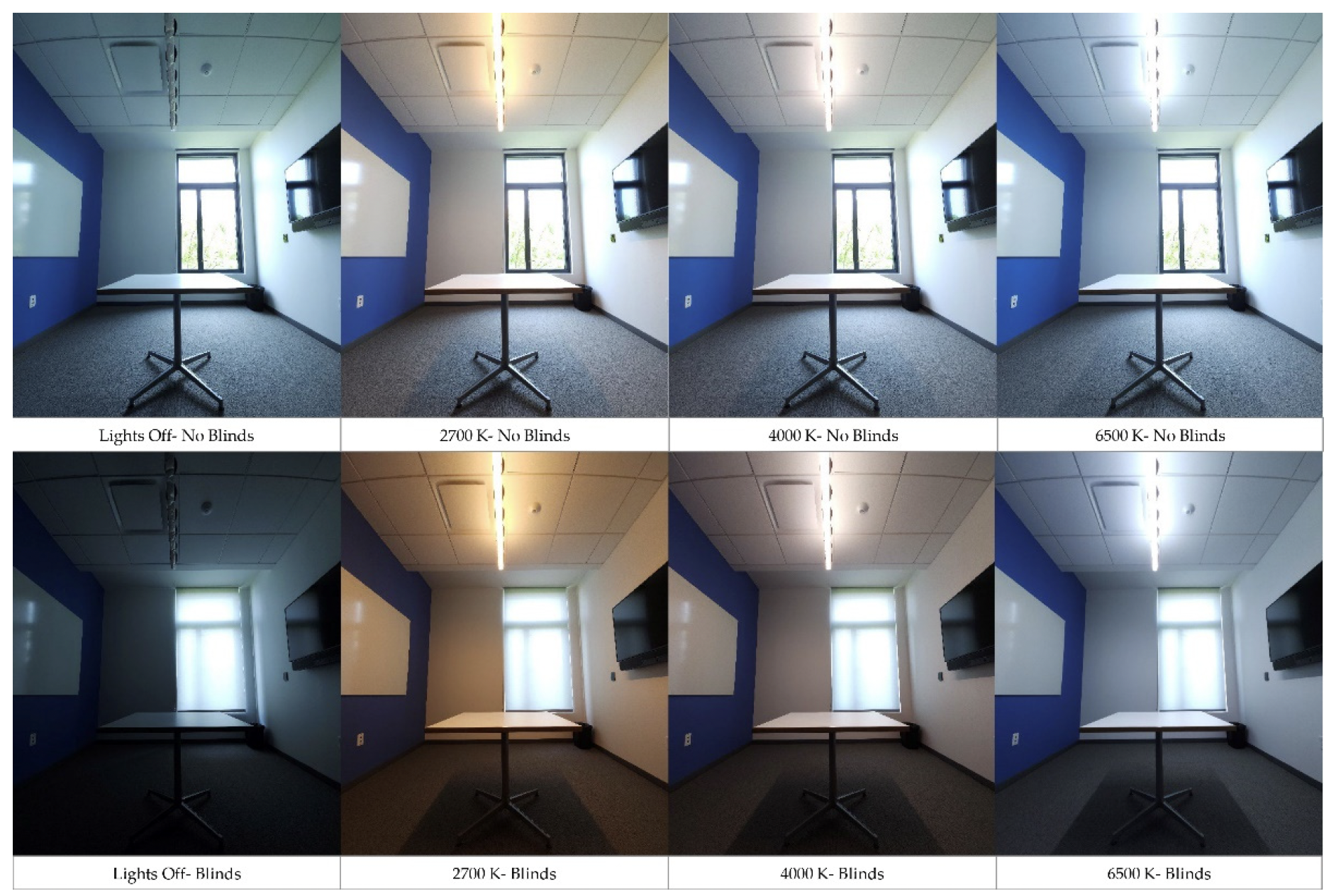A journal article co-authored by Niloofar Nikookar, Azadeh Omidfar Sawyer, Mayank Goel and Siobhan Rockcastle was recently published in Sustainability, an open-access journal by MDPI. The article, titled “Investigating the Impact of Combined Daylight and Electric Light on Human Perception of Indoor Spaces” presents the results from a recent experiment on indoor lighting perception. The article can be found here.
Abstract:
People spend more than 90% of their time indoors, and, as such, improving indoor lighting quality can enhance their quality of life by positively influencing both physiological and psychological aspects. Numerous studies suggest that perceptions of a space vary depending on a number of lighting attributes present. Significant effort has been made across various fields to identify the spatial lighting conditions and attributes that impact human perception, although we lack studies that explore the impact of these conditions in tandem. This paper investigates how interior lighting conditions influence human impressions of room ambiance. The study examines 16 different interior scenes, considering factors such as sky condition (sunny vs. overcast), shading blinds position (open vs. closed), presence or absence of electric light (on vs. off), and Correlated Color Temperature (CCT)(2700 K, 4000 K, and 6500 K). The evaluation is conducted within an office environment at Carnegie Mellon University, using a combination of objective lighting metrics and subjective assessments.In total, 26 participants, consisting of 11 females, 14 males, and one undisclosed, aged between18 and 50, evaluated the office ambiance under various lighting conditions using semantic differential scales. The analysis showed that the variation of blinds and CCT levels significantly influenced the participants’ impression of light. The study also identified statistically significant interactions between“blinds and CCT” and “blinds and sky” conditions, highlighting the combined influence of these variables on shaping indoor light impressions. This research offers valuable insights into the complex interplay of different lighting factors in shaping human perceptions, and underscores the importance of optimizing indoor lighting conditions for creating healthy and sustainable indoor environments.
